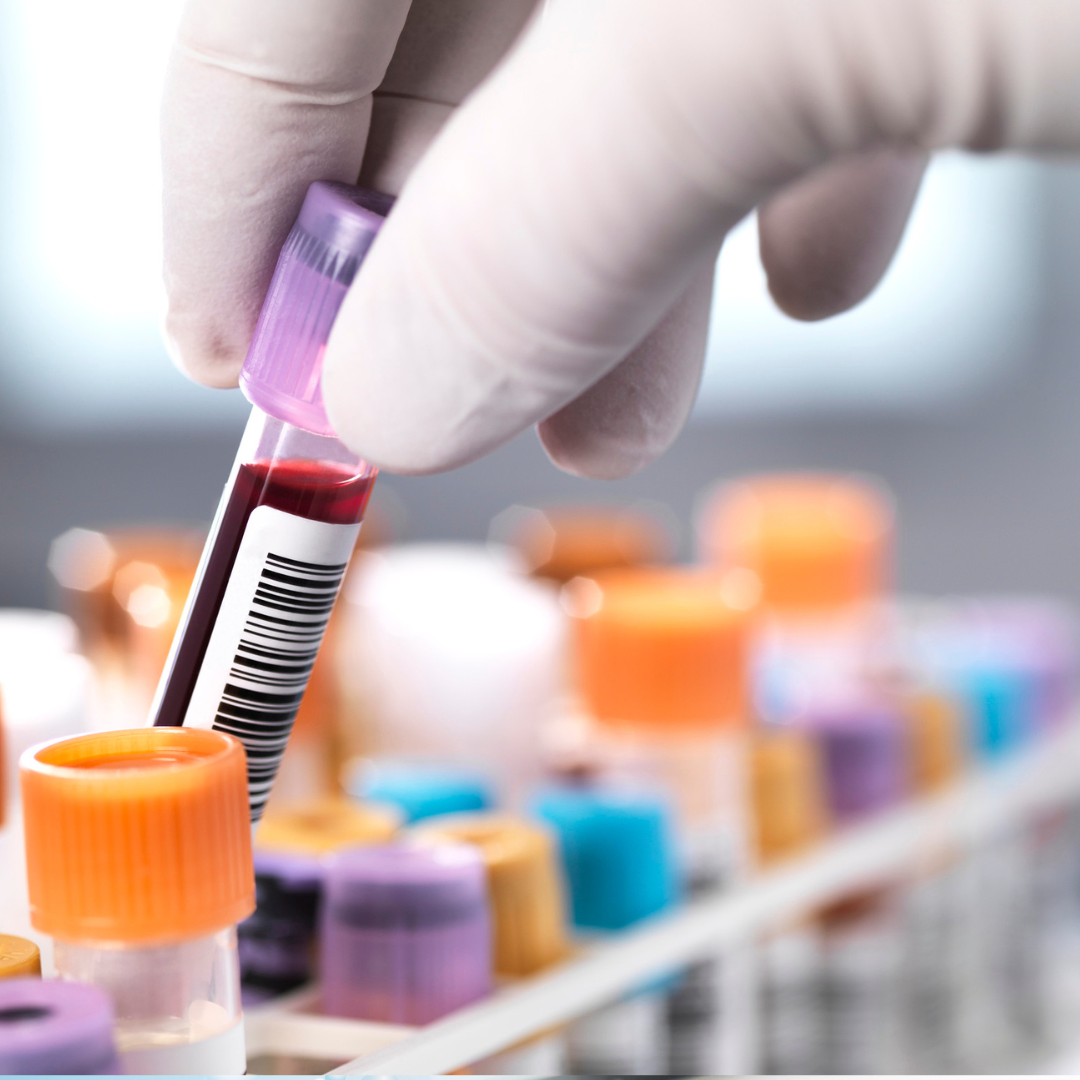Neurodegenerative conditions like Alzheimer’s, Parkinson’s, and ALS (amyotrophic lateral sclerosis) affect millions of people each year, robbing them of cognitive and motor function. These diseases remain incredibly difficult to treat or prevent due to a complex mix of genetics, lifestyle factors, and other biological influences that affect diagnosis, progression, and response to therapy.
While a universal cure may still be out of reach, scientists continue to gain new insights into the mechanisms behind these conditions. A recent breakthrough study from the Okinawa Institute of Science and Technology (OIST), published in Science Advances, reveals a surprising role for ATP—the energy currency of our cells—in managing neurodegenerative disease processes.
“We found that ATP regulates protein condensation and the viscosity of the cytoplasm in neurons,” explains Dr. Laurent Guillaud, lead author of the study.
In simpler terms, ATP helps keep the fluid inside nerve cells from becoming too thick. When this internal fluid, especially within axons (the long projections of neurons), becomes too viscous, proteins are more likely to clump together and form harmful aggregates—one of the hallmarks of neurodegenerative diseases.
ATP: More Than Just Fuel
While ATP is traditionally known for powering cellular functions, new research suggests it also plays a role in maintaining the solubility of proteins and preventing them from forming sticky, insoluble tangles. These protein clumps, often seen in conditions like Alzheimer’s (Tau protein), Parkinson’s (SNCA), and ALS (TDP-43), result from a process called liquid-liquid phase separation, where proteins condense into toxic accumulations.
Through both laboratory (in vitro) and living-cell (in vivo) experiments using neurons derived from human stem cells—including samples from patients with Parkinson’s and ALS—the research team observed a direct relationship between ATP levels and the viscosity of axoplasm (the cytoplasm inside axons). Higher ATP levels helped prevent protein clumping and even dispersed existing aggregates.
Why This Matters
Normally, cells maintain ATP concentrations much higher than required for basic energy functions—up to 8 millimolar compared to the few hundred micromolar needed for cellular metabolism. This led researchers to explore ATP’s secondary role as a hydrotrope—a molecule that increases the solubility of other compounds.
Their experiments confirmed that ATP's hydrotropic properties are critical for keeping the cellular environment fluid and functional. This has major implications, especially as ATP production tends to decline with age and is often compromised in diseases like Parkinson’s and ALS due to mitochondrial dysfunction.
To test a potential therapy, researchers used NMN, a compound known to boost ATP production. In ALS neurons, NMN treatment restored normal fluidity inside axons and dissolved existing protein tangles—offering a promising avenue for future intervention.
The Bigger Picture
While this discovery doesn’t offer an immediate cure, it shines a light on a crucial mechanism driving neurodegeneration. Understanding the role of ATP in regulating protein behavior and cytoplasmic viscosity could help inform the next generation of treatments designed to slow, stop, or even reverse disease progression.
As Dr. Guillaud puts it:
“We are getting closer to unlocking the fundamental processes of these diseases. Our findings could eventually lead to better ways to preserve brain health and fight neurodegeneration at its source.”





